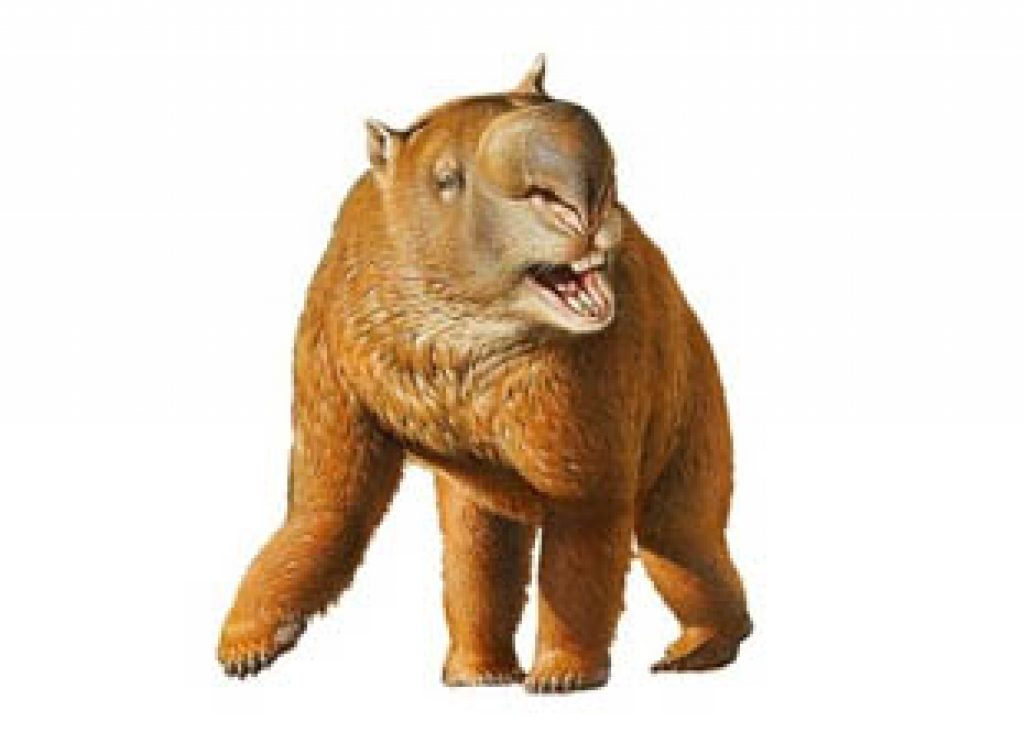
AsianScientist (Mar. 30, 2012) – A new study published in the journal Science suggests that humans may have played a significant role in the extinction of Australia’s prehistoric giant animals.
New evidence obtained by analyzing a 130,000-year time sequence of sediments from Lynch’s Crater in northeast Queensland suggests that the megafauna rapidly declined in numbers about 40,000 years ago, soon after people were thought to have first arrived in the region.
The sediments included cow-sized browsing marsupials, giant kangaroos, and a massive goanna.
“The crucial thing is that dating the demise of the magnificent megafauna is terribly difficult given the great antiquity and the coincidence with human arrival in Australia,” said UNSW’s Professor Chris Turney, who led the age-modeling component of the study.
By having a sedimentary record from tropical Queensland that preserves measures of different environmental changes, the researchers are now able to test what happened first, said Turney.
The sediments also preserved the spore of a fungus that grows in herbivore dung, which slowly disappeared around 40,000 years ago.
“In this study, we find the fungus drops away before other environmental changes that could be interpreted as drying took place, implying humans played a significant role in the cause of Australian megafaunal extinction,” said Turney.
The study also rules out climate change as a cause of extinction, said Professor Chris Johnson of the University of Tasmania. Several periods of climate drying before the extinction had no effect on the abundance of megafauna and the climate was stable when the animals went extinct, he said.
Major ecological change may have followed quickly after the extinctions, Johnson said, with a shift from rainforest patches and open grassland to widespread eucalypt forest.
“As those sediments accumulate over time, they create a historical record of the abundance of very large herbivores in the environment. Pollen and charcoal particles are trapped in the same sediments, so that it is possible to match up the history of abundance of large herbivores with changes in vegetation and fire,” said Johnson.
The article can be found at: Rule S et al. (2012) The Aftermath of Megafaunal Extinction: Ecosystem Transformation in Pleistocene Australia.
——
Source: UNSW; Photo: Diprotodon (Peter Trusler/Museum Victoria).
Disclaimer: This article does not necessarily reflect the views of AsianScientist or its staff.












